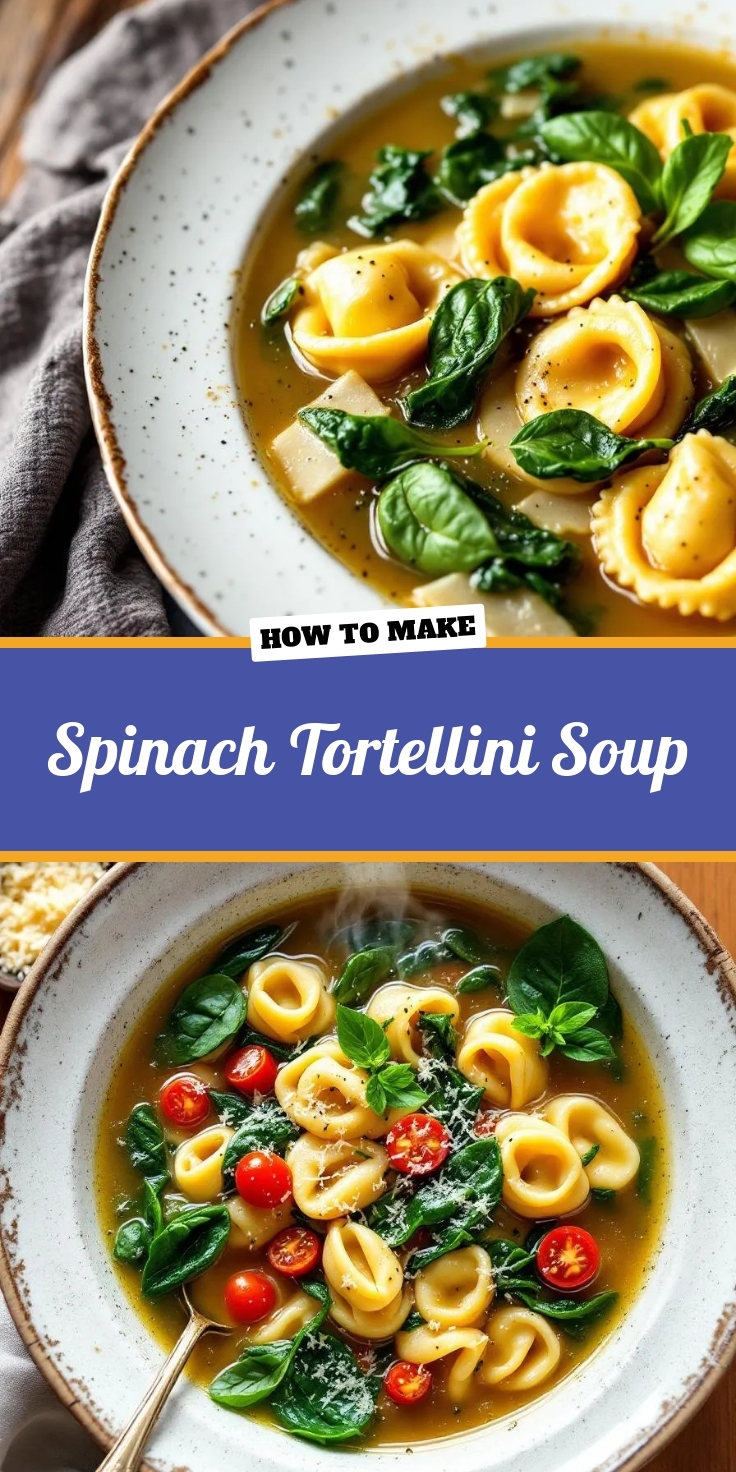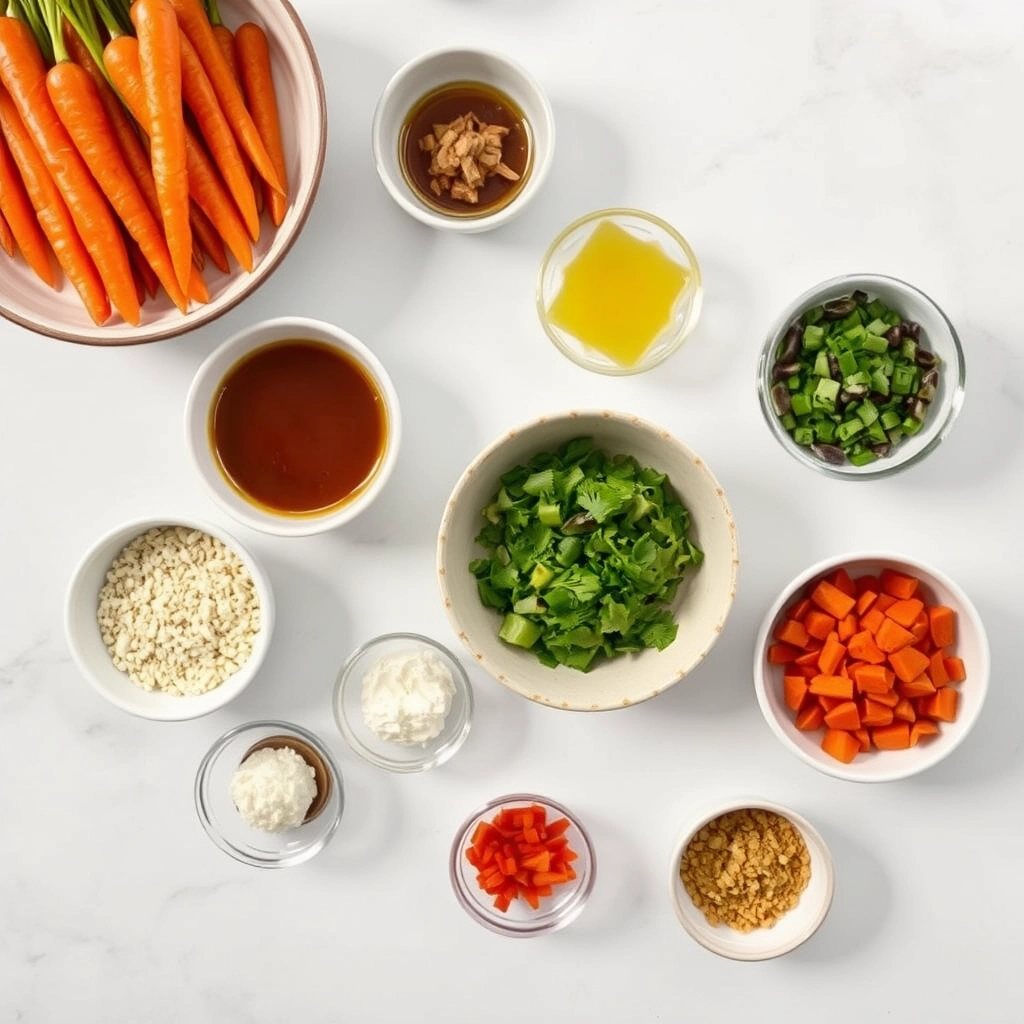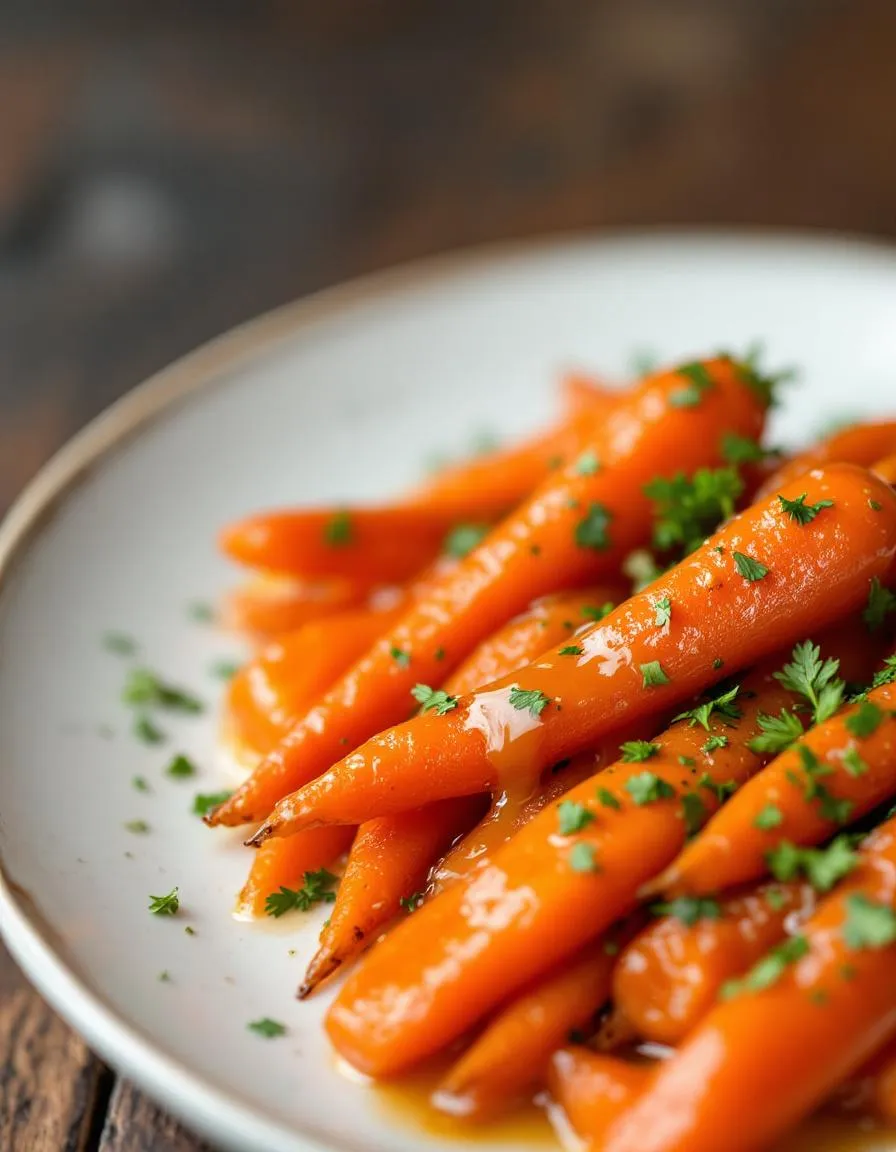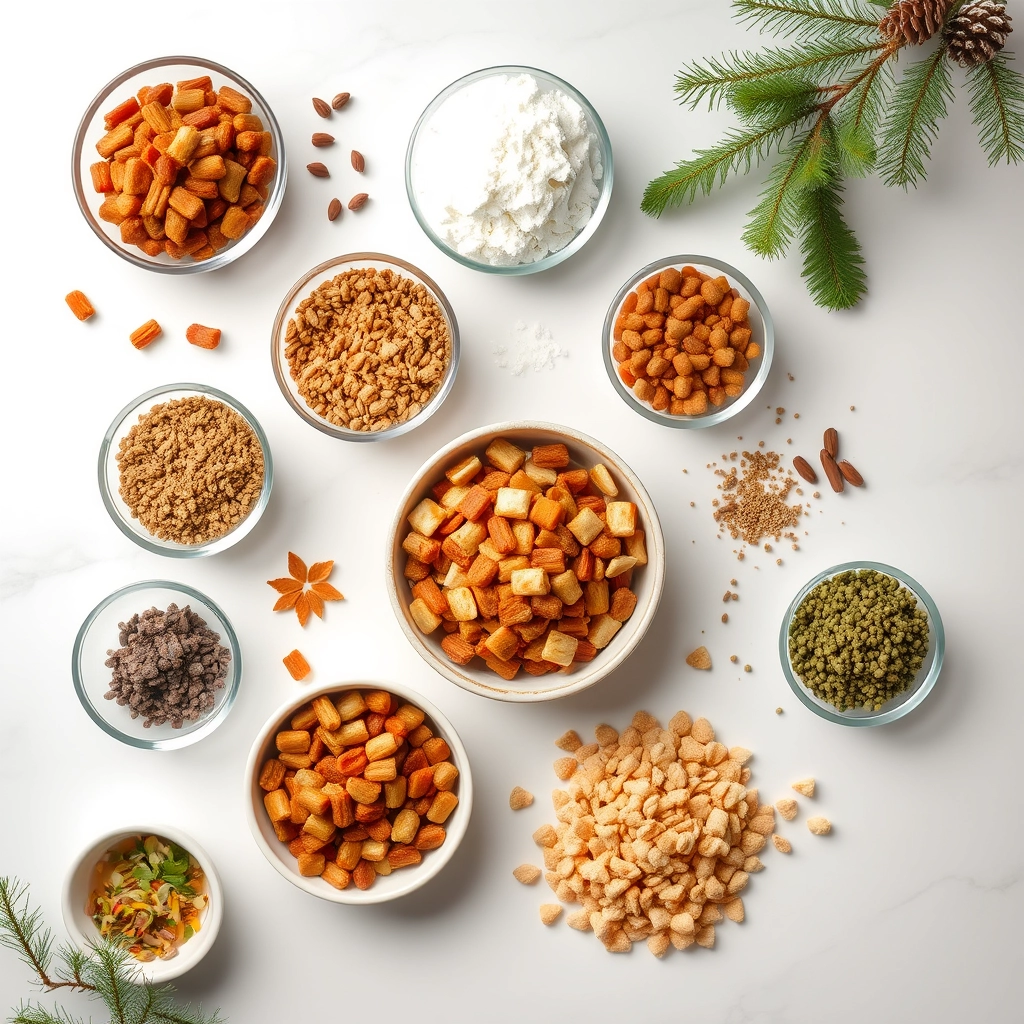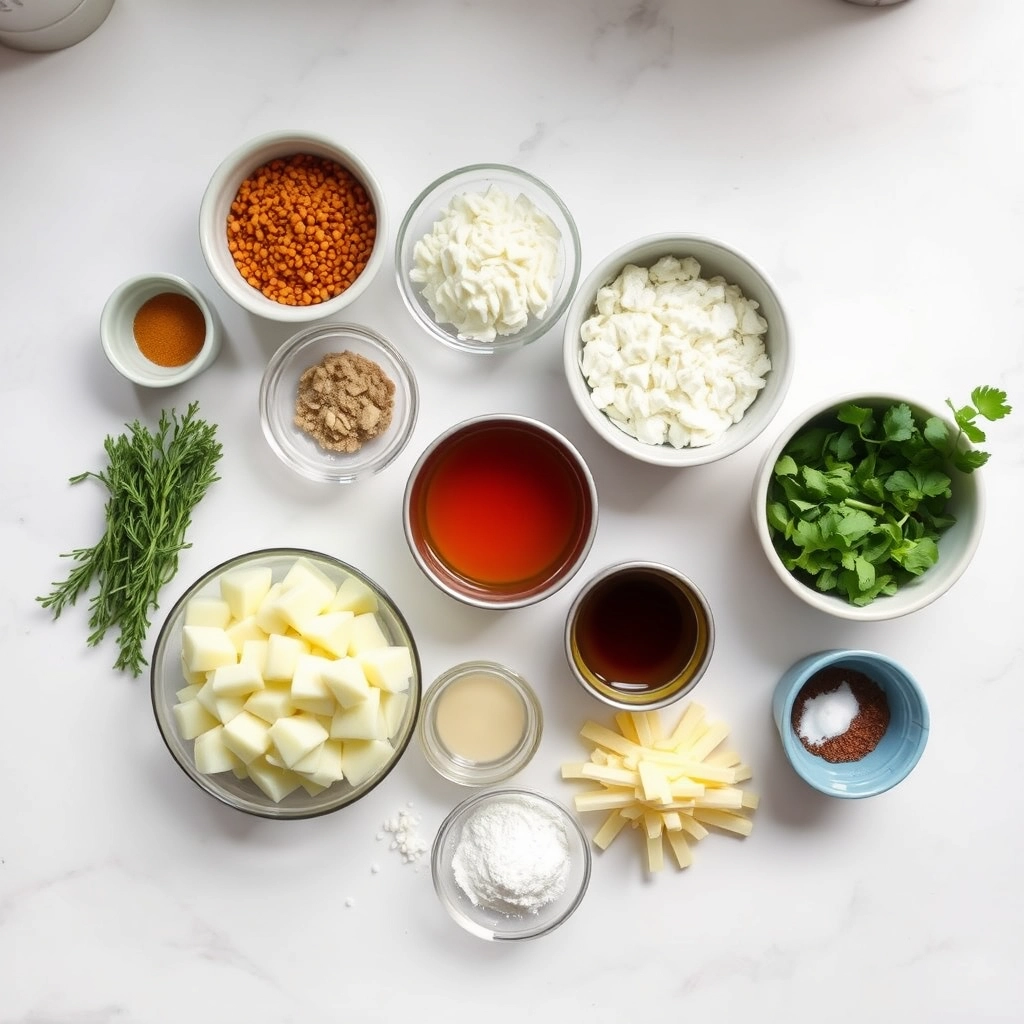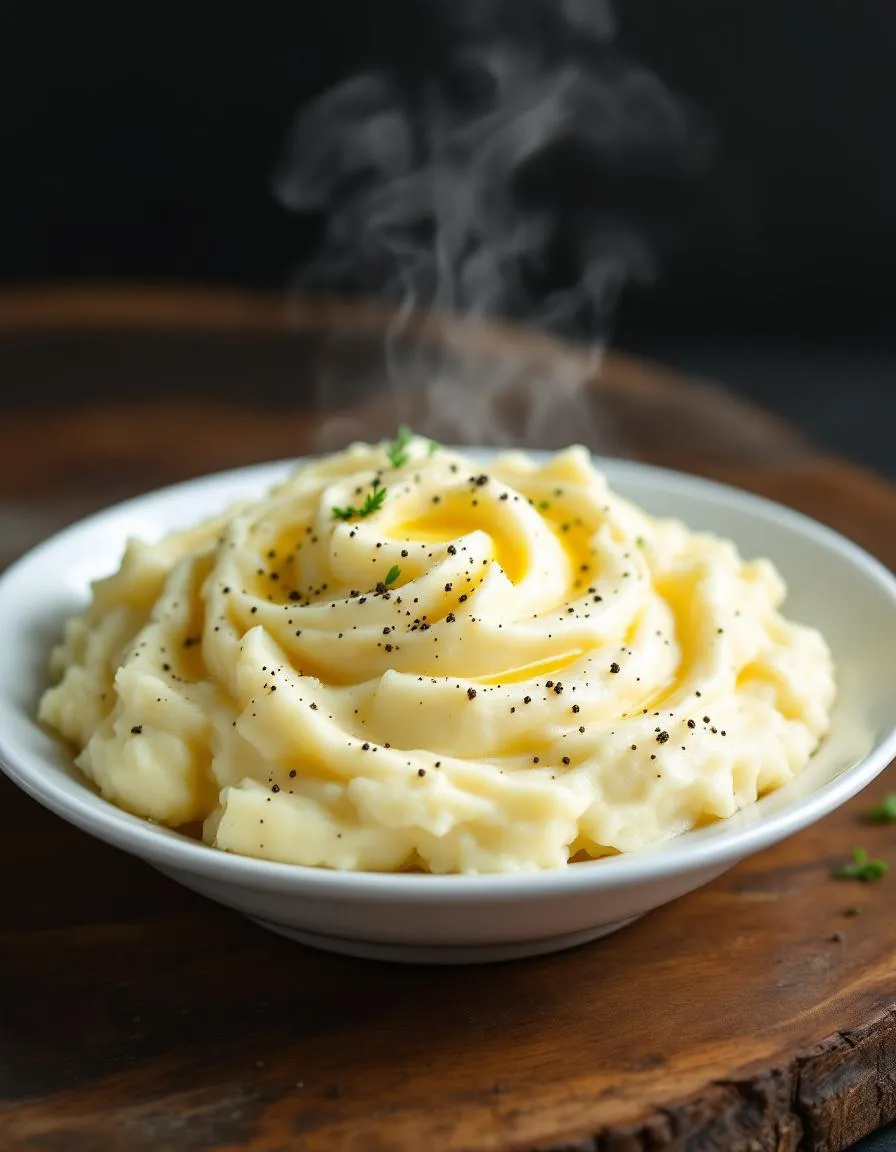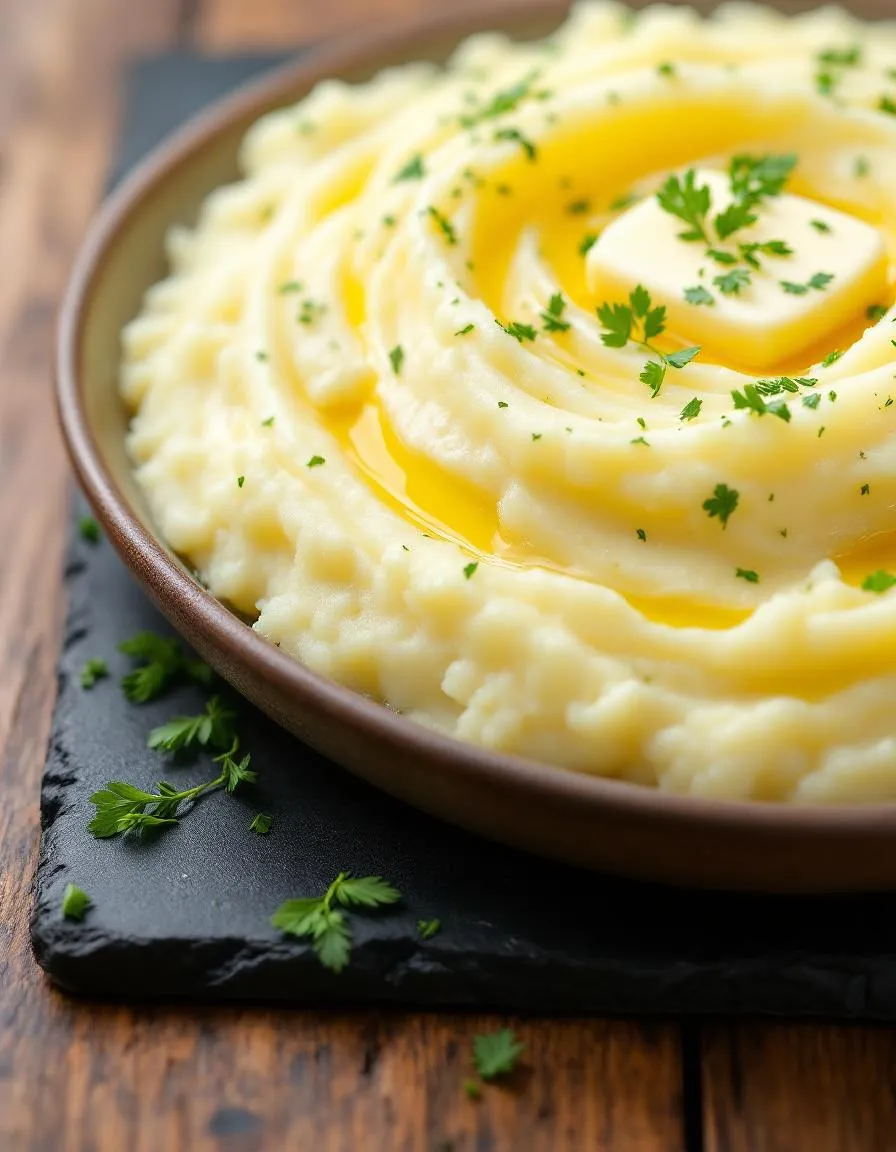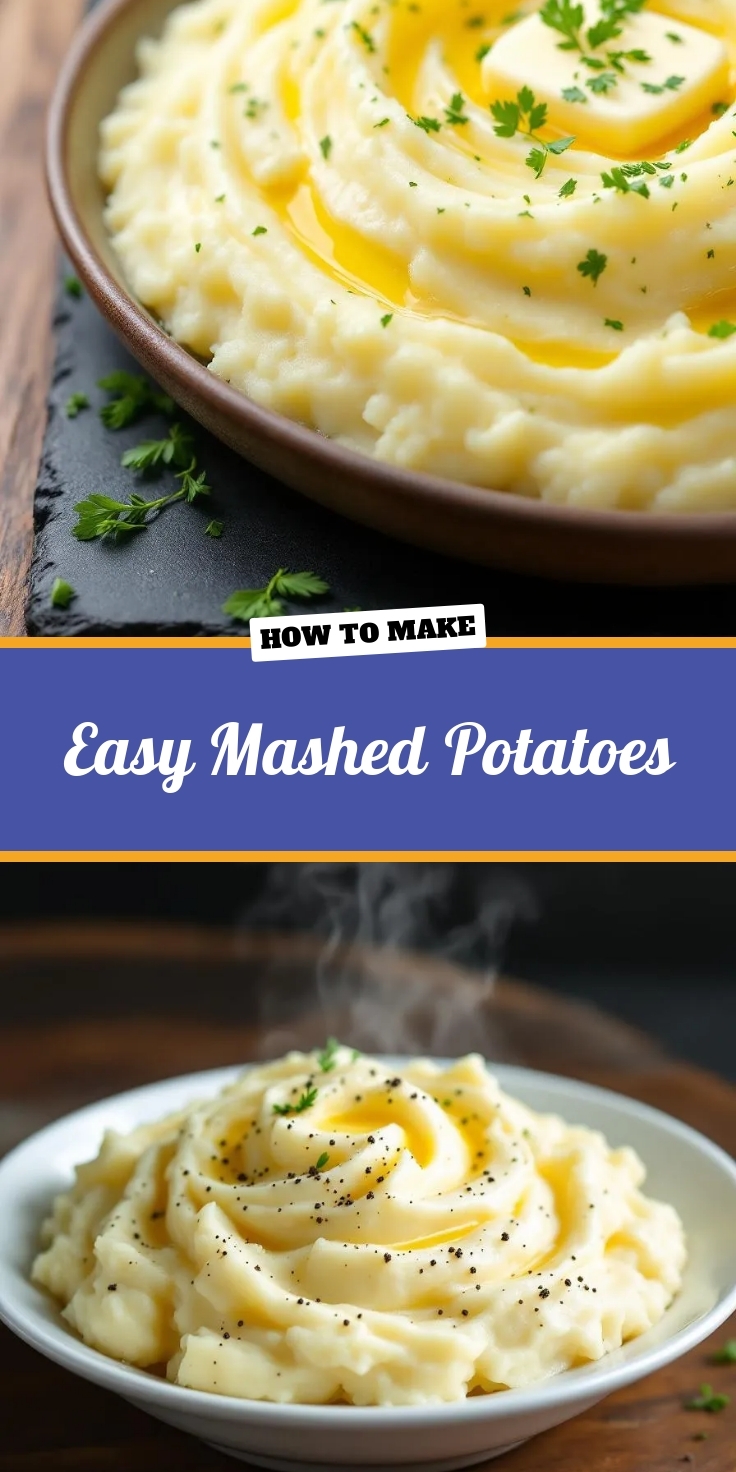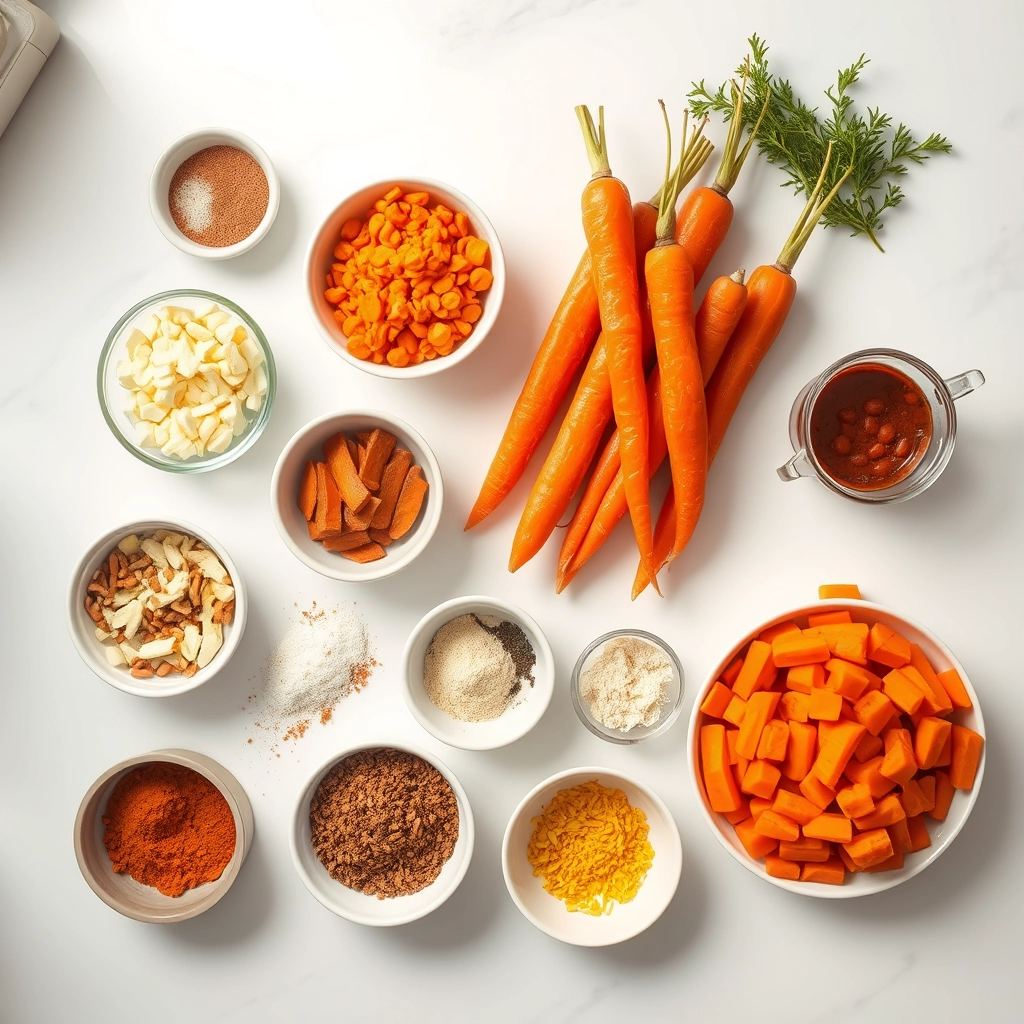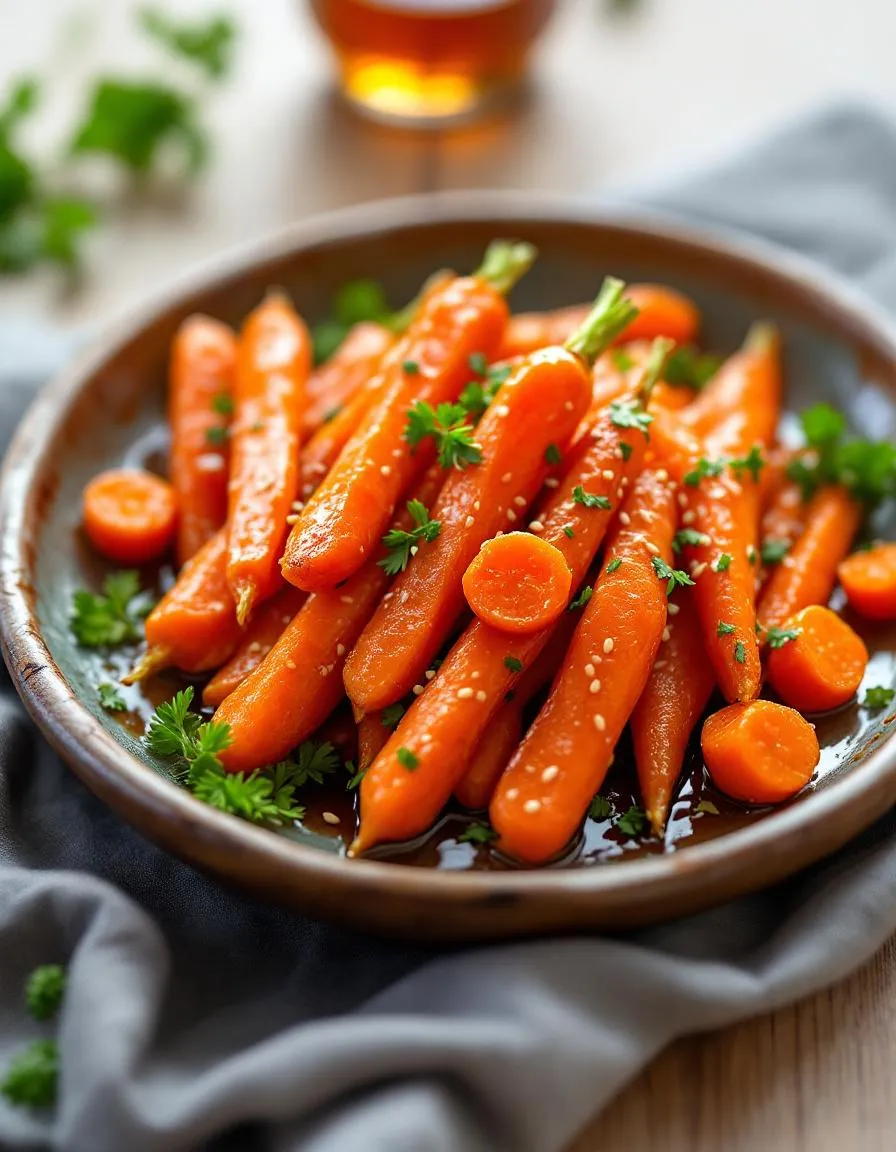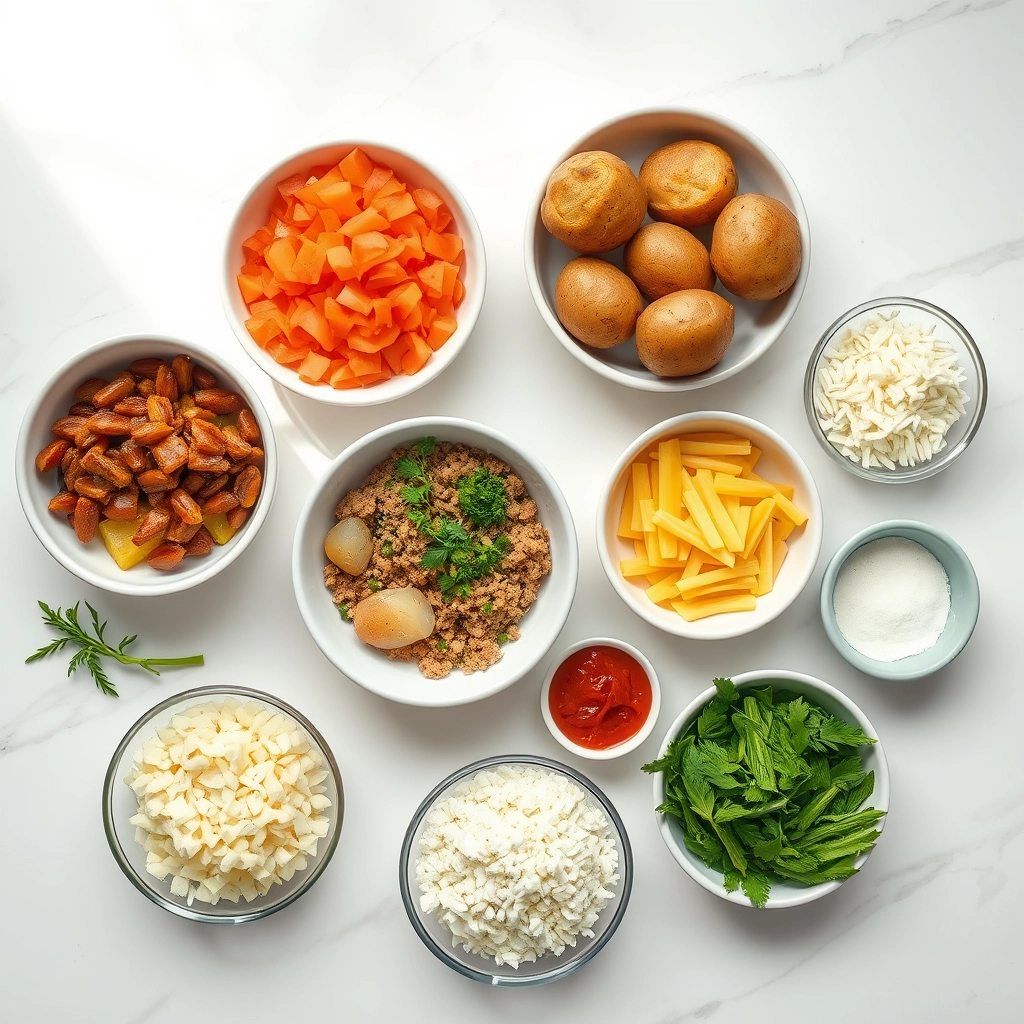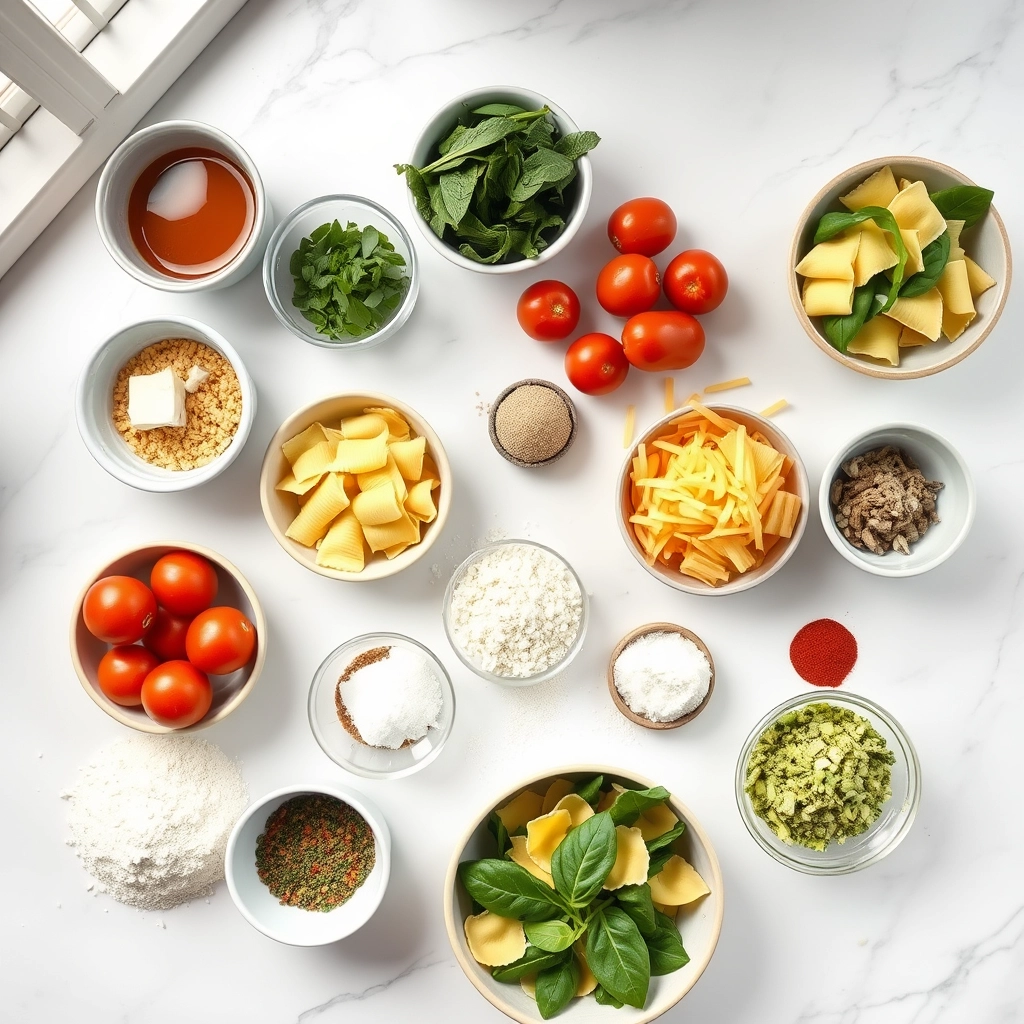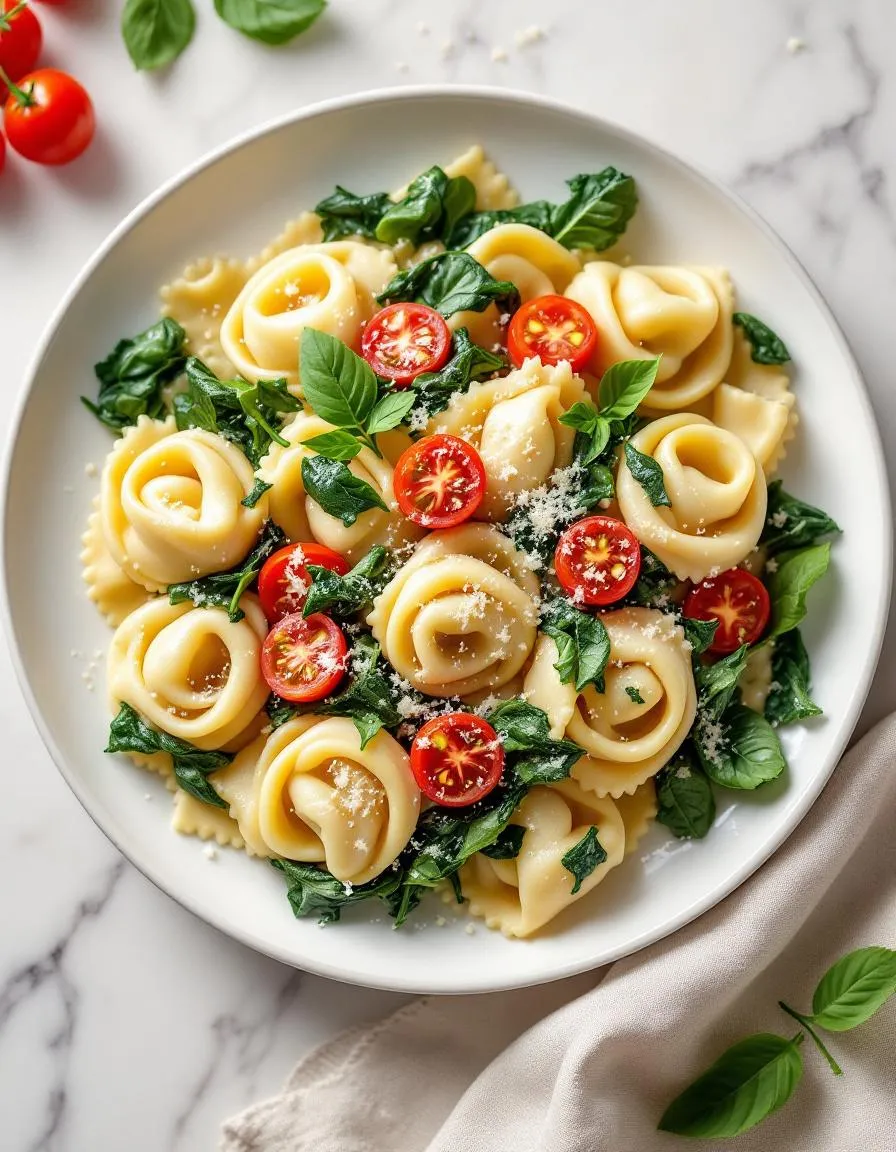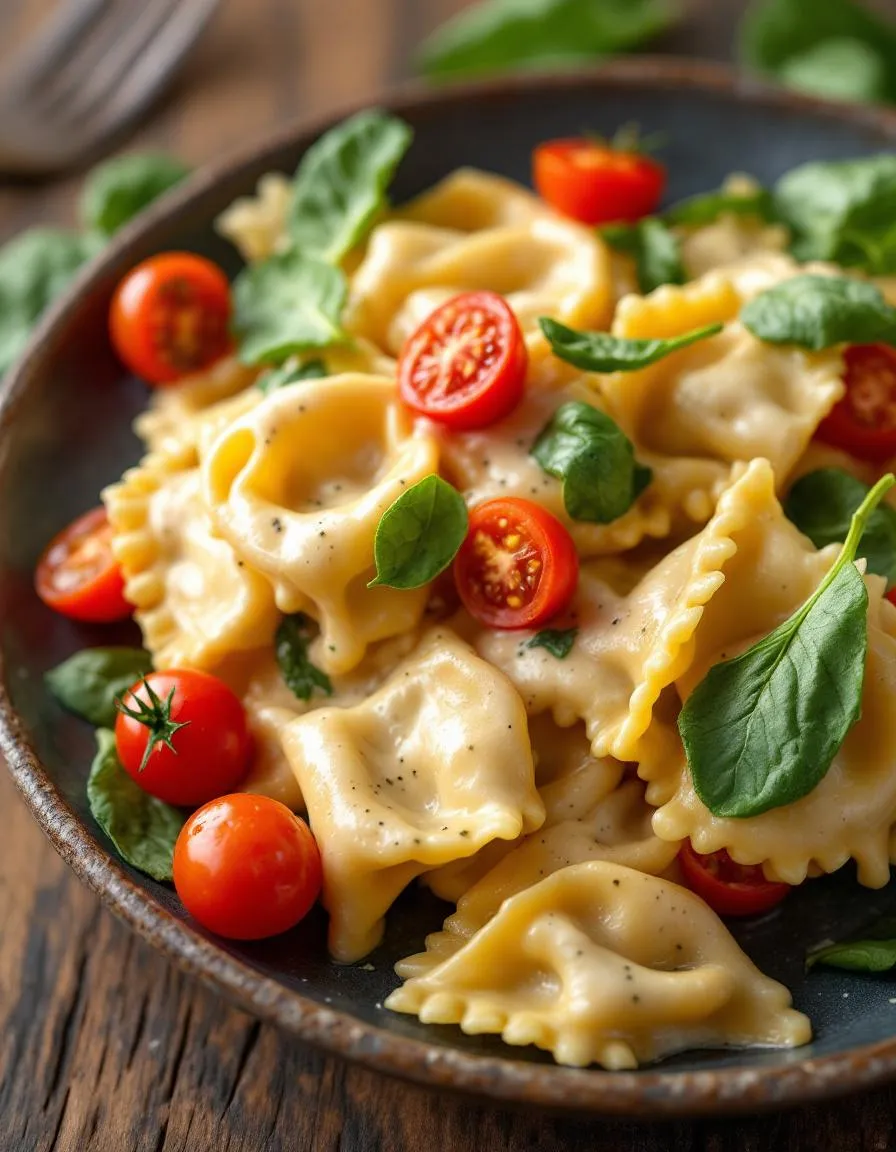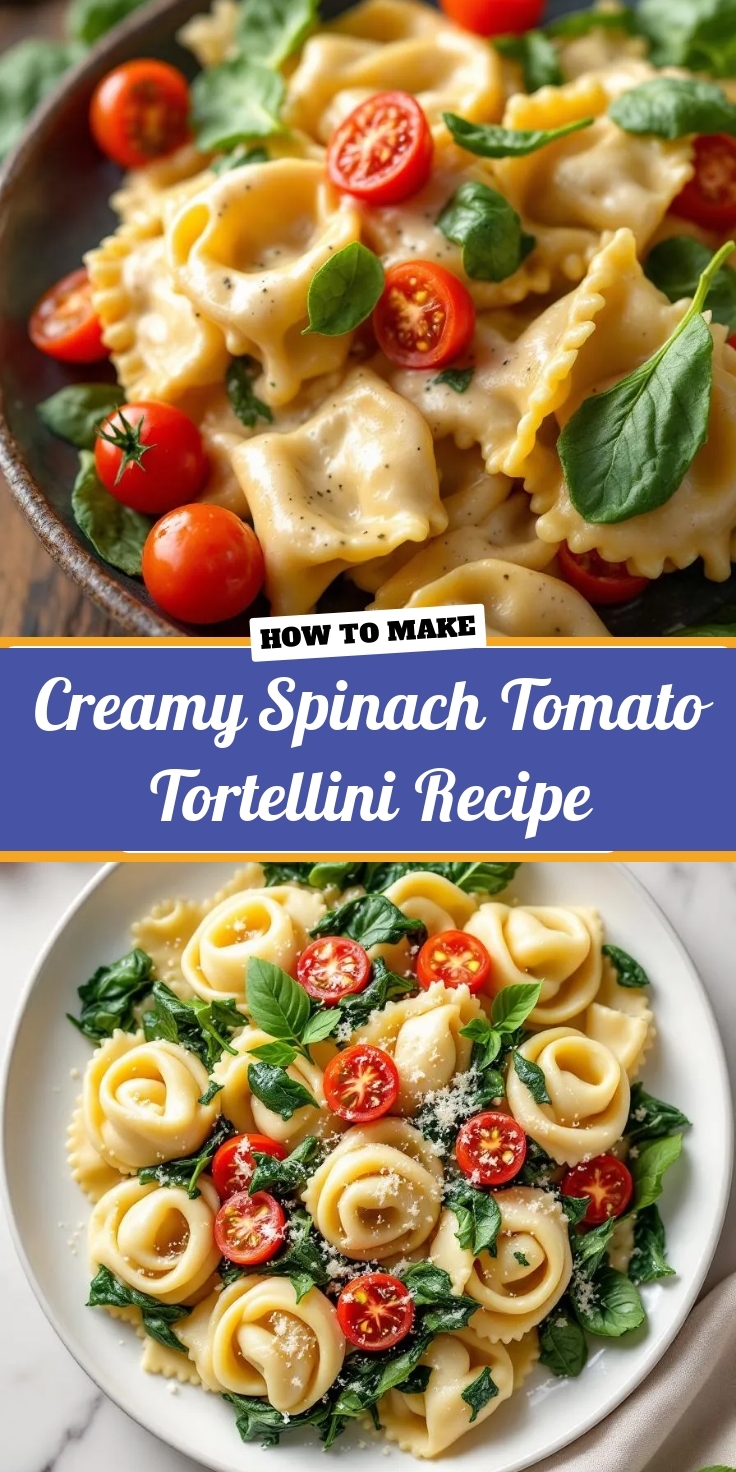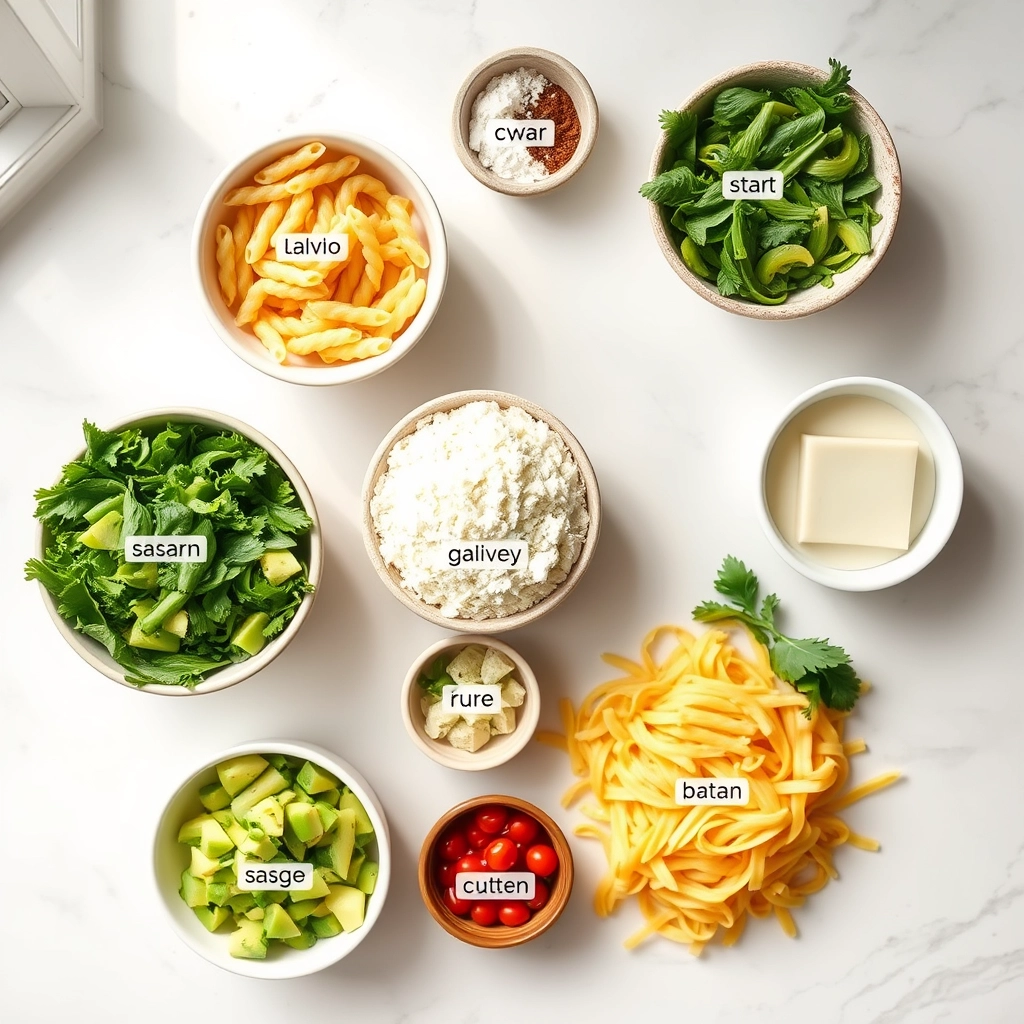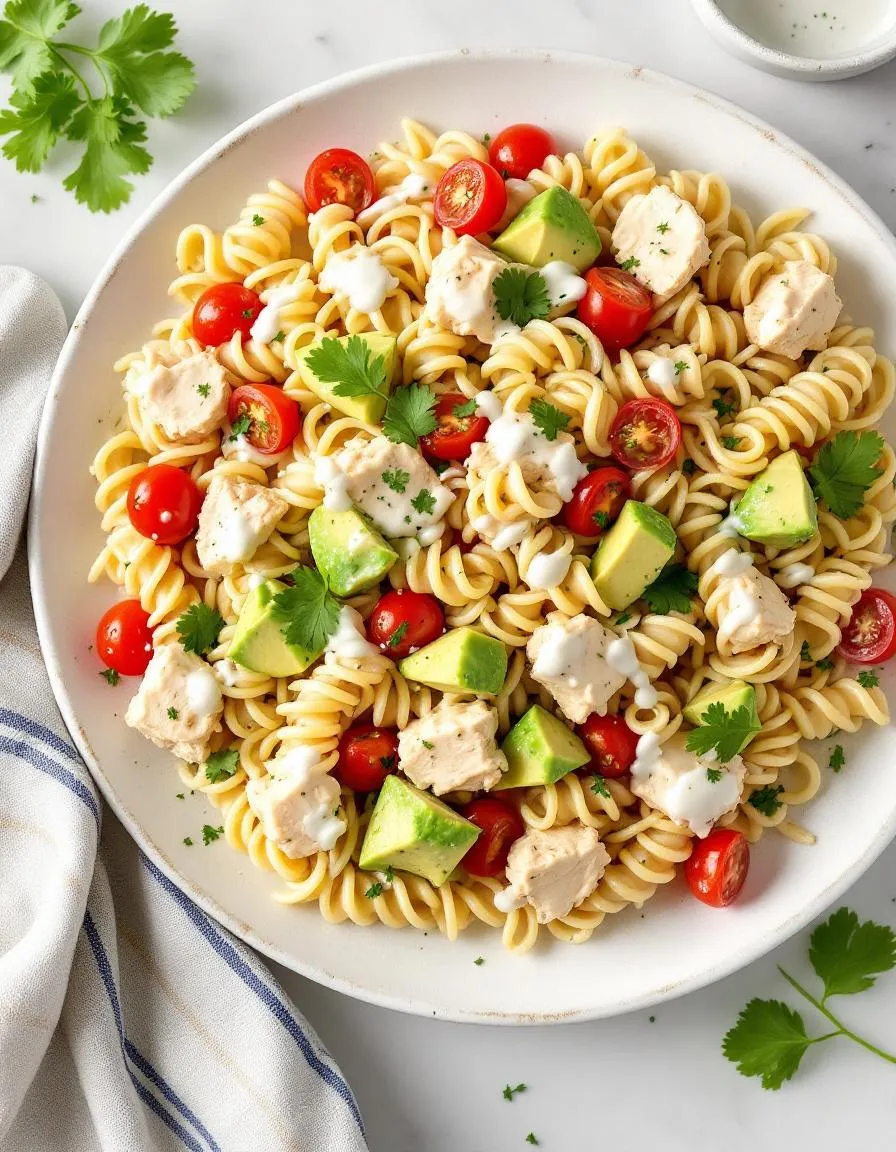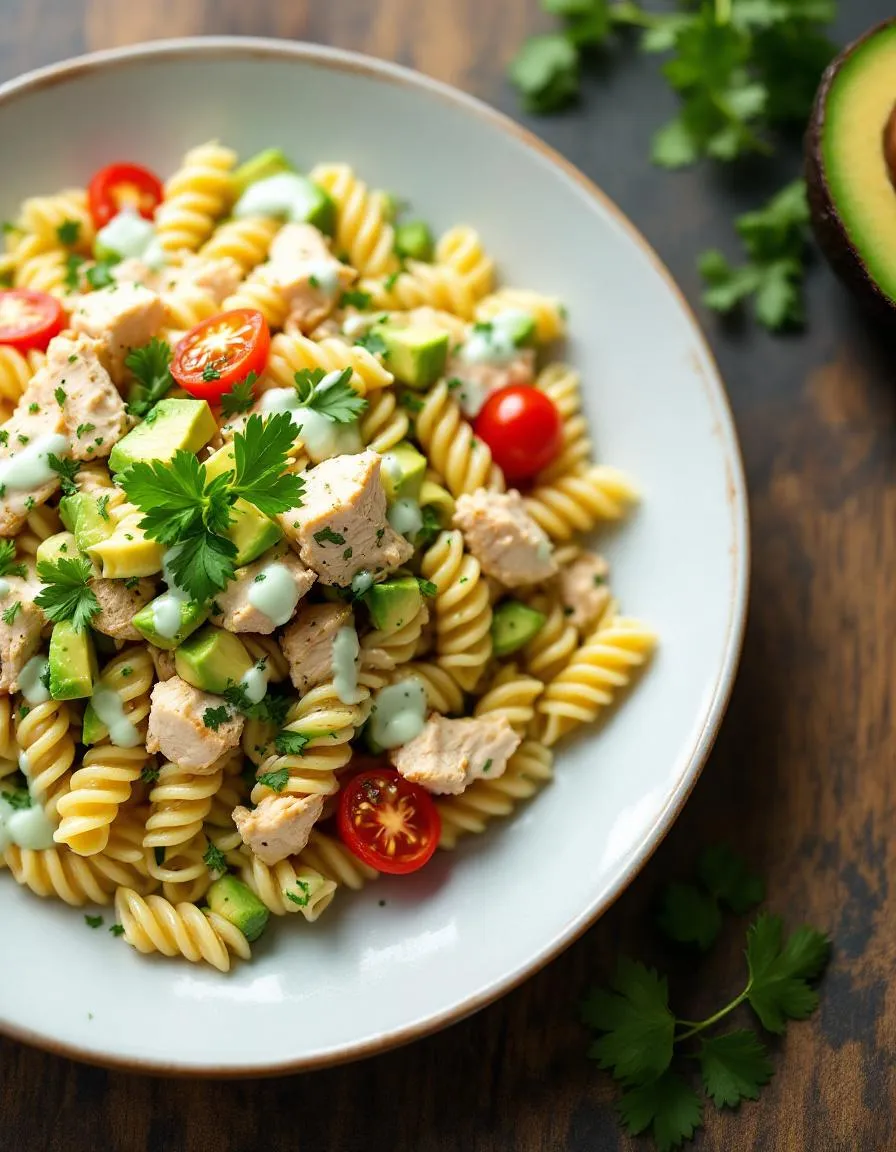Introduction
Hi there! I’m Emily, the heart and soul behind brekcakes.com. From my earliest memories, the kitchen has always been a place of warmth and creativity. It’s where I discovered the magic of turning simple ingredients into extraordinary meals and learned that the best dishes are often made with love as the main ingredient.
If you’re craving a meal that’s bold, creamy, and packed with flavor, you’re in the right place. Buffalo Chicken Alfredo Penne combines the fiery kick of buffalo sauce with the rich comfort of Alfredo, creating a dish that’s impossible to resist. Whether you’re cooking for a weeknight dinner or impressing guests, this recipe delivers satisfaction in every bite. Plus, it’s surprisingly easy to make—no fancy skills required!
Buffalo Chicken Alfredo Penne is the ultimate fusion of two beloved classics. Imagine tender penne pasta smothered in a velvety Alfredo sauce, tossed with juicy buffalo-spiced chicken, and finished with a sprinkle of fresh herbs. This dish matters because it solves the eternal dilemma of choosing between spicy and creamy. It’s perfect for those nights when you want something indulgent yet exciting. At brekcakes.com, we celebrate recipes that bring joy to the table, and this one fits right in. If you love bold flavors, you’ll also adore our Spicy Honey Glazed Chicken or our Creamy Garlic Parmesan Pasta. Each bite tells a story of balance, heat, and comfort—exactly what great cooking should be.
Why I Love This Recipe
Buffalo Chicken Alfredo Penne holds a special place in my heart because it reminds me of cozy family gatherings. The first time I made it, my husband couldn’t stop raving about how the flavors danced together. Now, it’s our go-to dish for game nights and lazy Sundays alike. There’s something magical about watching people take that first bite and immediately light up. For me, that’s what cooking is all about—creating moments of pure happiness, one plate at a time.
Health and Nutrition
Why it’s good for your body
Buffalo Chicken Alfredo Penne packs a flavorful punch while delivering key nutrients. First, the chicken provides lean protein, which helps build muscle and keeps you full longer. Additionally, the penne pasta offers complex carbs for steady energy, especially when you opt for whole-grain varieties. Meanwhile, the creamy Alfredo sauce adds calcium for strong bones, especially if you use a dairy-based version.
Moreover, Buffalo Chicken Alfredo Penne includes the bold flavors of buffalo sauce, which often contains cayenne pepper. This spice may boost metabolism and support circulation. The dish also balances richness with moderation, especially when you control portion sizes. For example, pairing it with a side salad adds fiber and vitamins, creating a more rounded meal.
Finally, Buffalo Chicken Alfredo Penne can adapt to different dietary needs. You can easily swap ingredients, like using gluten-free pasta or light cream, without sacrificing taste. Whether you enjoy it as a hearty dinner or a post-workout meal, this dish offers both comfort and nourishment.
How it fits in a healthy lifestyle
Buffalo Chicken Alfredo Penne fits seamlessly into balanced eating habits when enjoyed mindfully. For protein-focused diets, the chicken and dairy in the Alfredo sauce make it a satisfying option. If you prefer gluten-free meals, simply substitute regular penne with a gluten-free alternative, like the ones we recommend in our gluten-free pasta guide.
To keep it heart-healthy, use a lighter Alfredo sauce or add extra veggies for fiber. Pairing it with a nutrient-dense side, such as roasted vegetables, enhances the meal’s nutritional profile. For more ideas on balancing indulgent dishes, check out our healthy comfort food swaps. With smart tweaks, Buffalo Chicken Alfredo Penne becomes a versatile part of your weekly menu.
PrintBuffalo Chicken Alfredo Penne
Description
A creamy and spicy twist on classic Alfredo pasta with tender chicken and penne.
Ingredients
For the Crust:
- 12 oz penne pasta
- 2 boneless, skinless chicken breasts, diced
- 1/2 cup buffalo sauce
- 2 tbsp butter
- 2 cloves garlic, minced
- 1 cup heavy cream
- 1/2 cup grated Parmesan cheese
- 1/4 cup crumbled blue cheese (optional)
- 1/2 tsp salt
- 1/4 tsp black pepper
- 2 tbsp chopped parsley (for garnish)
Instructions
1. Prepare the Crust:
- Cook penne pasta according to package instructions. Drain and set aside.
- In a skillet, cook diced chicken over medium heat until no longer pink (about 6-8 minutes). Toss with buffalo sauce and set aside.
- In the same skillet, melt butter over medium heat. Add garlic and sauté for 1 minute.
- Pour in heavy cream, stirring constantly. Bring to a gentle simmer.
- Stir in Parmesan cheese, salt, and pepper until sauce thickens (about 3-4 minutes).
- Add cooked pasta and buffalo chicken to the sauce. Toss to coat evenly.
- Garnish with crumbled blue cheese (if using) and chopped parsley before serving.
Notes
You can customize the seasonings to taste.

How to Prepare This Dish
Steps and time-saving tips
Start by boiling the penne pasta in salted water until al dente, then drain and set it aside. Meanwhile, heat a large skillet over medium-high and cook the chicken until golden and fully done, which takes about 6-8 minutes. While the chicken rests, whisk together the Alfredo sauce and buffalo sauce in the same skillet for a seamless flavor blend. Toss the cooked pasta and shredded chicken into the creamy sauce, stirring gently to coat every piece. For extra richness, sprinkle shredded mozzarella on top and broil for 2-3 minutes until bubbly. Garnish with fresh parsley or crumbled blue cheese for a finishing touch. To save time, use pre-cooked rotisserie chicken or prepare the sauce ahead. If the sauce thickens too much, just stir in a splash of pasta water to loosen it up.
Mistakes I’ve made and learned from
I once rushed the sauce and ended up with a grainy texture because I didn’t let the cream cheese fully melt before adding other ingredients. Now, I patiently soften it first, just like I do with my perfect creamy mashed potatoes. Another blunder? Overcooking the pasta early, which turned mushy by the time I mixed everything. Now I undercook it slightly since it keeps cooking in the sauce. If you’re new to balancing spicy and creamy flavors, my spicy honey glazed chicken tips can help you adjust heat levels without overpowering the dish. Trust me, a little patience goes a long way!

Cultural Connection and Variations
Where this recipe comes from
Buffalo Chicken Alfredo Penne is a delicious mashup of two American favorites: spicy Buffalo wings and creamy Italian pasta. While the dish feels modern, its roots tie back to the bold flavors of Buffalo, New York, where hot sauce-coated chicken became a bar staple in the 1960s. Meanwhile, Alfredo sauce hails from Rome, where chefs originally paired it with fettuccine. Today, home cooks blend these traditions into one comforting, crowd-pleasing meal.
Across the U.S., families put their own spin on Buffalo Chicken Alfredo Penne. Some add extra veggies like bell peppers or celery for crunch, while others swap penne for rigatoni or shells. In the South, you might find a smoky twist with barbecue sauce mixed into the Alfredo. Internationally, chefs in Australia sometimes toss in kangaroo meat for a local flair, while in Japan, they might top it with nori for umami depth. No matter the variation, the dish always delivers that irresistible combo of heat and creaminess.
How it fits in today’s cooking
Buffalo Chicken Alfredo Penne remains a go-to for busy weeknights and game-day gatherings alike. Its versatility lets cooks adapt it to dietary needs, like using gluten-free pasta or dairy-free Alfredo. Many families even make it a Sunday dinner centerpiece, pairing it with garlic bread and a crisp salad.
Modern twists keep the dish fresh, like air-frying the chicken for extra crispness or blending cauliflower into the sauce for a lighter version. It’s also a star at potlucks, where hosts often serve it alongside easy appetizers for a stress-free spread. Whether you stick to the classic or experiment with new flavors, Buffalo Chicken Alfredo Penne proves some comfort foods never go out of style.
Taste and Texture
What makes it delicious
Buffalo Chicken Alfredo Penne delivers a bold, crave-worthy experience with every bite. The creamy Alfredo sauce coats each piece of penne, creating a rich, velvety base that contrasts perfectly with the spicy kick of Buffalo sauce. Tender, shredded chicken adds a satisfying chew, while the pasta itself offers a slight al dente bite. Meanwhile, the tangy blue cheese crumbles or cool ranch drizzle cuts through the heat, balancing the flavors. The aroma alone—garlicky, buttery, and slightly smoky—will have your mouth watering before the first forkful. Whether you love heat or prefer milder flavors, Buffalo Chicken Alfredo Penne strikes a delicious harmony between comfort and excitement.
Boosting the flavor
For an extra flavor boost, try stirring in a handful of sharp cheddar or smoked gouda to amplify the cheesiness. If you crave more heat, a dash of cayenne or a spoonful of homemade hot sauce will turn up the spice without overpowering the dish. Crumbled bacon or toasted breadcrumbs add a crispy contrast, while fresh herbs like chives or parsley brighten each bite. For a lighter twist, swap heavy cream with cashew Alfredo sauce—it’s just as luscious but with a nutty depth. No matter how you customize it, Buffalo Chicken Alfredo Penne stays irresistibly flavorful.

Tips for Success
Best practices for results
Always cook your penne al dente so it holds up well in the creamy Buffalo Chicken Alfredo Penne sauce. Meanwhile, shred your chicken finely for even distribution in every bite. Use freshly grated Parmesan for the Alfredo sauce, as pre-shredded cheese often contains anti-caking agents that affect texture. Additionally, adjust the hot sauce to your preference, but start with less—you can always add more spice later. Finally, toss the pasta and sauce together just before serving to keep the dish from drying out.
Mistakes to avoid
Avoid overcooking the pasta, as it will turn mushy when mixed with the sauce. Instead, check for doneness a minute before the package instructions suggest. Many cooks also make the mistake of adding cold cream to the Alfredo sauce, which can cause curdling. Warm it slightly first for a smoother consistency. If you need help mastering creamy sauces, check out our guide on perfect Alfredo sauce techniques. Lastly, don’t skip resting the shredded chicken in Buffalo sauce before combining—this step ensures maximum flavor. For more on balancing heat levels, explore our tips for spicy dishes made easy.
Serving and Pairing Suggestions
How to serve this dish
Buffalo Chicken Alfredo Penne shines when you plate it with style. For a restaurant-worthy touch, twirl the pasta into a nest-like mound and drizzle extra Alfredo sauce on top. Meanwhile, sprinkle crumbled blue cheese or fresh parsley for a pop of color and flavor. This dish works perfectly for game-day gatherings, cozy weeknight dinners, or even potlucks where you want to impress. If you’re serving it at a party, consider pairing it with a DIY topping bar featuring extra buffalo sauce, chopped scallions, and crispy bacon bits.
What goes well with it
For a refreshing contrast, serve Buffalo Chicken Alfredo Penne with a crisp side like our Easy Garlic Parmesan Salad. The tangy dressing cuts through the richness of the pasta. Additionally, a cold glass of buttermilk ranch or a light beer balances the spicy kick. If you’re craving something heartier, try our Loaded Potato Wedges for a satisfying crunch. Finally, a drizzle of extra buffalo sauce on the side lets guests customize their heat level.

Parmesan and mozzarella work best for Buffalo Chicken Alfredo Penne because they melt smoothly and complement the creamy Alfredo sauce. Freshly grated Parmesan adds a rich flavor, while mozzarella creates a gooey texture. Avoid pre-shredded cheese, as it often contains anti-caking agents that can make the sauce grainy.
Yes, you can prepare Buffalo Chicken Alfredo Penne in advance, but store the sauce and pasta separately to prevent the noodles from absorbing too much liquid. Reheat the sauce on the stove with a splash of milk to restore creaminess, then toss with freshly cooked penne for the best texture.
The spiciness of Buffalo Chicken Alfredo Penne depends on the hot sauce you use—Frank’s RedHot gives a medium kick, while milder options like Texas Pete work for sensitive palates. The creamy Alfredo sauce balances the heat, making it flavorful without overwhelming spice. Adjust the amount of hot sauce to taste.
Light, crisp sides like a Caesar salad or garlic bread balance the richness of Buffalo Chicken Alfredo Penne. Roasted vegetables, such as broccoli or asparagus, also work well. For a refreshing contrast, serve with celery sticks and ranch dressing, a classic Buffalo wing accompaniment.





